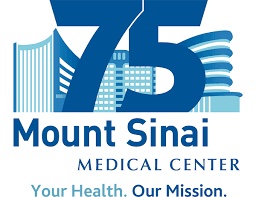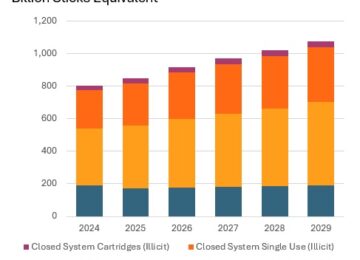D&R Greenway Land Trust to present two special lectures at the Discovery Center at Point Breeze
A Lenape flag welcome visitors to the Discovery Center

A Lenape flag welcome visitors to the Discovery Center

MIAMI — PRNewswire-HISPANIC PR WIRE — Koning Health, a leader in advanced breast imaging technology, announced the installation of the Koning Vera Breast CT System at Mount Sinai Medical Center in Miami Beach, one of America’s 100 Best Hospitals™ by Healthgrades™ for 2024 & 2025.

MUMBAI, India — PRNewswire — The University of Virginia Darden School of Business, consistently ranked among the world’s top business schools, in collaboration with XED, recently announced the launch of the Darden CEO Leadership Program – a transformative initiative designed to equip senior leaders with

Introducing new animatronic Stripe: Whatever you do, don’t add water DALLAS — PRNewswire — Wreak havoc this Halloween with the new life-size animated Stripe. Fans of the film Gremlins will go crazy over the latest creation from Warner Bros. Discovery Global Consumer Products and

Anime collab alert! Reno Ichikawa wearing “Numbers Weapon 6” debuts in the game! LOS ANGELES — PRNewswire — Kaiju No. 8 THE GAME, co-produced by Akatsuki Games Inc. is proud to announce its official global launch as a Kaiju-Slaying Battle RPG on the App

Free delivery and Ddeok-Bokki for fans nationwide as bb.q Chicken turns 30 FORT LEE, N.J. — PRNewswire — bb.q Chicken, Korea’s Finest Fried Chicken™, is marking two milestones this September: its 30th anniversary and the birthday of its beloved mascot, ChiBBoQ, on Sept.

DUSSELDORF, Germany — PRNewswire — If your impression of a “caravan” is still that of white box-shaped vehicles, with outdated interiors from the last century, along with a bunch of keys and remote controls, that’s normal. Over the past few decades, the industry

LONDON, United Kingdom – The illicit e-vapour market is valued at 47 million litres, equivalent to 605 billion sticks and accounts for three-quarters of total e-vapour volume globally, data analytics company Euromonitor International has revealed. According to Euromonitor International’s World Market for Nicotine 2025 report, the rise

PARIS — PRNewswire — Influence Society announces the publication of Societies Quarterly for Q3 2025, its essential guide spotlighting the trends, inspirations, and innovations shaping the hospitality sector from July through September 2025. This report is designed for hospitality brands seeking clarity and competitive advantage as